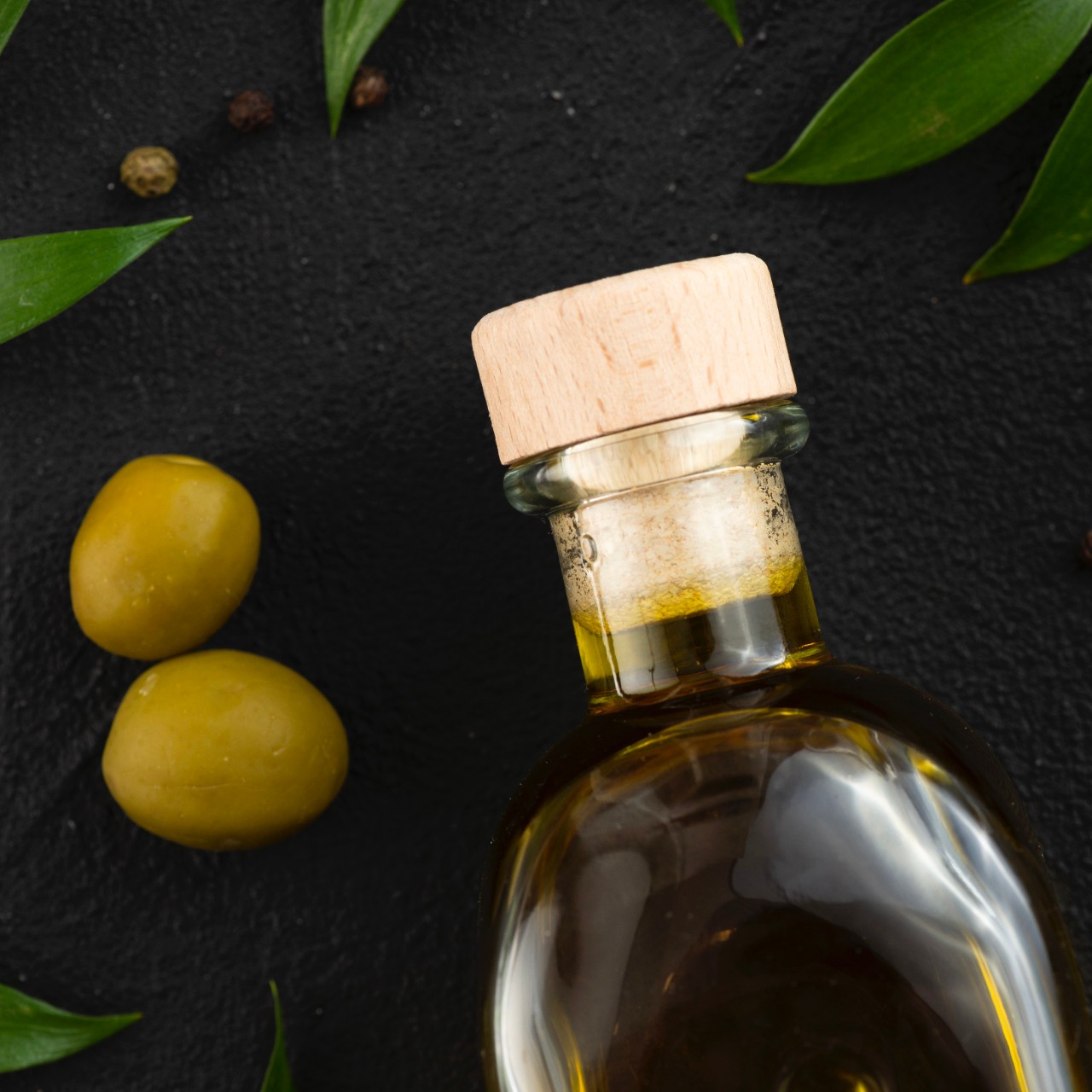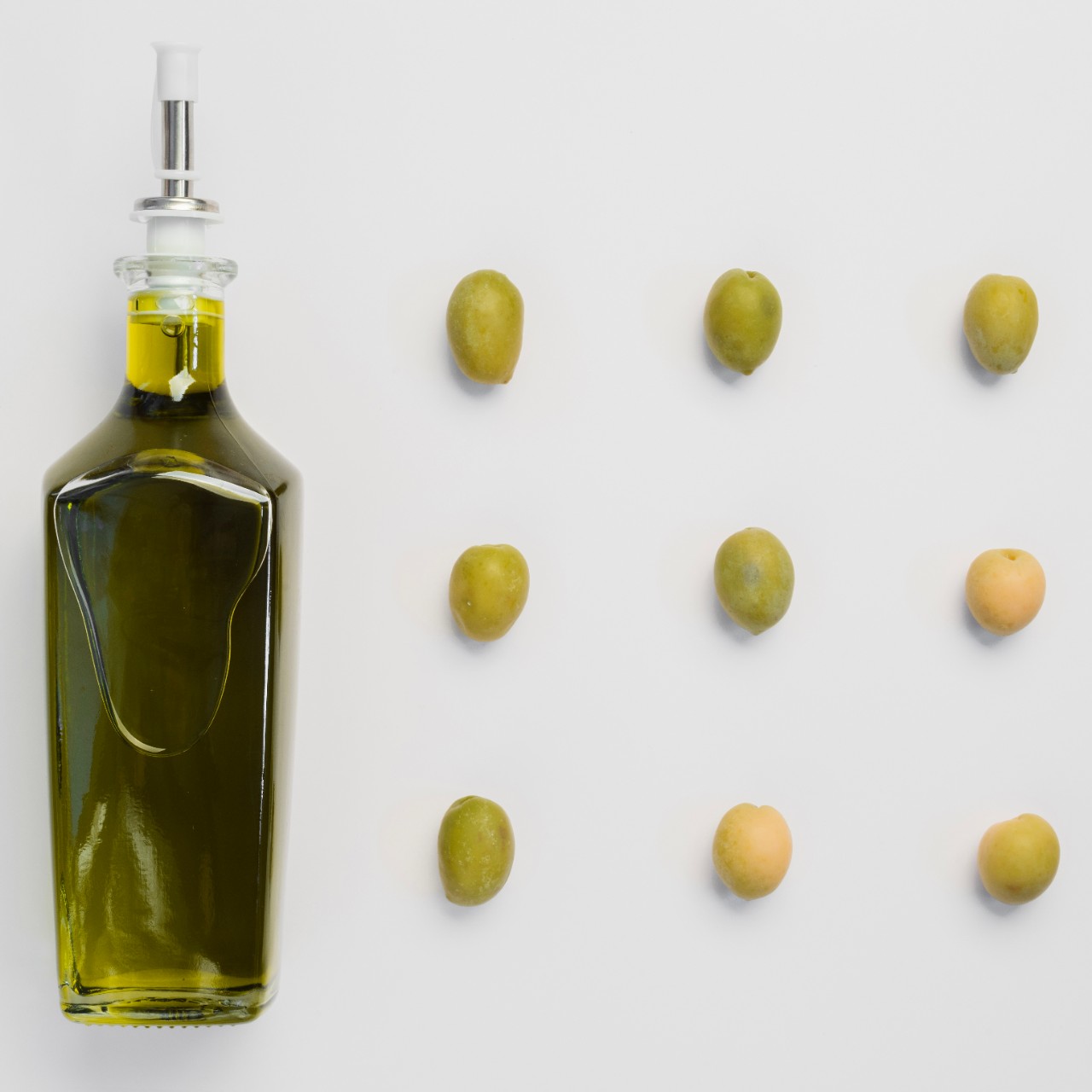.png.transform/rendition-xs/image_image%20(1).png)
Olive Oil 2023-24 Harvest: Quality Overcomes Climatic Conditions
Spain has had two consecutive seasons of low production attributable to climatic conditions, but the final result of the campaign was positive in terms of quality due, in particular, to the effective efforts of sector professionals
By Alfredo Briega Martín, editor of Grupo Editorial Mercacei
Looking at the sky and checking weather forecasts on the phone: this is how the olive oil sector experienced the 2023/2024 season, which was complicated by drought—a major challenge for Spain, the world's leading producer of olive oil.
The situation has been impacted by a series of common issues that have affected Spain's most important production areas. The climatic situation has had an impact, in particular lower rainfall, heat waves, and instability, factors that have complicated the campaign.
A series of extreme episodes was experienced intensely in the south. In February 2023, frosts were recorded in many olive-growing areas of Andalusia as a whole, causing damage to the groves. The intense heat wave in early spring directly affected flowering and initial fruit set. If we dig deeper, we discover that the scarcity of rainfall has also been a destabilizing factor. Jaén, the world's olive-growing heartland, suffered episodes of persistent drought, while in Córdoba, there was both a below-normal amount, and an abnormal distribution of, rainfall.

What produced this "perfect storm" in terms of climate? Consoli Molero, manager of the Sociedad Cooperativa Olivarera de Valdepeñas, Colival, located in Castile-La Mancha (a region ranking second in terms of national olive production in Spain), highlights poor ripening of the fruit. Hugo Quintanilla Ripoll, owner of Señorios de Relleu, in the Valencia region, points out irregular production. That is to say, the more unsettled the weather, the smaller the olive yield.
Total production so far this season is 846,178 tons—a figure that, despite everything, exceeds forecasts made at the beginning of October 2023, according to the most recent provisional data from the Ministry of Agriculture, Fisheries and Food (MAPA); while worldwide production is expected to be around 2,400,000 tons, one million less than in the 2021/22 season.

Bad weather, good olives
However, despite all these setbacks, the campaign was positive overall. The key has been the quality of the oils obtained, which was maintained due to hard work by industry professionals.
“The reduced harvest has not affected the quality of the fruit, which is good, with no particular incidence of diseases and pests,” says José María Penco, director of the Spanish Association of Olive Municipalities (AEMO). Consoli Molero agrees, noting that in Castile-La Mancha, “The quality of the oils obtained is very high, due to the use modern agricultural practices that include early harvesting of the fruit and the use of advanced technology, as well as efficient irrigation systems, sustainable cultivation techniques, and good post-harvest handling practices.”
The director of Aceite de Madrid, Esther Alonso, agrees, pointing out that “The drought in recent years explains the lower quantity of olives being milled, but the quality of the fruit has been exceptional.” In the case of the Madrid region, the weather was kind enough to offer a respite: the rains, coinciding with (and delaying) the end of the campaign, had a very beneficial impact on the olive groves, mitigating subsequent episodes of drought.

Finally, it should be noted that there were regions in the Spanish olive oil landscape that escaped meteorological complications. A peculiar case was Catalonia, where there was good news both on the production side, which doubled the previous campaign figures, and on the quality side, qualified as “excellent.” The key has been, in this case, the delay in the harvest, which allowed for more fruit to be collected at its optimum ripening time.
There was good news in Lower Aragón, the regions closest to the Mediterranean, such as Matarraña and Mezquín. These traditional olive-growing areas had a very good harvest due to the rains in June and, above all, those recorded in September. “We're facing a record harvest in the case of Matarraña,” said Juan Baseda, technical director of the PDO Bajo Aragón, who also highlighted the excellent quality of the oils produced.
The weather may be challenging, but the sector can adapt. That could describe a campaign in which the world's largest producer managed to save production in the midst of weather uncertainty. An uncertain season had a happy ending due, in part, to that which is capable of resisting stubborn droughts and torrential rains: the human factor.
A look at the future
After two years of drought, world olive oil production is recovering significantly ahead of the 2024/25 campaign. In Spain, the estimate is that between 1.2 and 1.7 million tons of olive oil are produced, with an average estimate of around 1.4 million tons. This would mean a significant recovery, positioning the country as the main producer, according to olivenews.gr. Finally, a respite after years of climate uncertainty.

